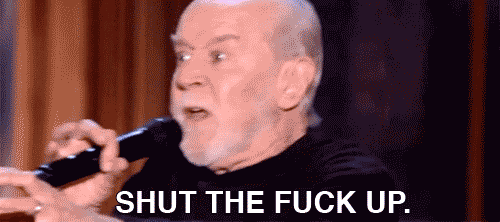Gp1
Member

'Star Wars': Scientific American Suggests "Jedi" Is "Problematic" Term
The Scientific American recently stated the "Jedi" are "problamtic" and "police-monks," raising the eye of many "Star Wars" fans.

Why the Term 'JEDI' Is Problematic for Describing Programs That Promote Justice, Equity, Diversity and Inclusion
They’re meant to be heroes within the Star Wars universe, but the Jedi are inappropriate symbols for justice work
The entire thing is a piece of work. Too good to be true.
The best bits:
The Jedi are inappropriate mascots for social justice. Although they're ostensibly heroes within the Star Wars universe, the Jedi are inappropriate symbols for justice work. They are a religious order of intergalactic police-monks, prone to (white) saviorism and toxically masculine approaches to conflict resolution (violent duels with phallic lightsabers, gaslighting by means of "Jedi mind tricks," etc.). The Jedi are also an exclusionary cult, membership to which is partly predicated on the possession of heightened psychic and physical abilities (or "Force-sensitivity"). Strikingly, Force-wielding talents are narratively explained in Star Wars not merely in spiritual terms but also in ableist and eugenic ones: These supernatural powers are naturalized as biological, hereditary attributes. So it is that Force potential is framed as a dynastic property of noble bloodlines (for example, the Skywalker dynasty), and Force disparities are rendered innate physical properties, measurable via "midi-chlorian" counts (not unlike a "Force genetics" test) and augmentable via human(oid) engineering. The heroic Jedi are thus emblems for a host of dangerously reactionary values and assumptions. Sending the message that justice work is akin to cosplay is bad enough; dressing up our initiatives in the symbolic garb of the Jedi is worse.
The series regularly defaults onto ableist tropes, memorably in its portrayal of Darth Vader, which links the villain's physical disability with machinic inhumanity and moral deviance, presenting his technology-assisted breathing as a sinister auditory marker of danger and doom. What's more, the bodies and voices centered in Star Wars have, with few exceptions, historically been those of white men
Indeed, a notable segment of the Star Wars fandom has aggressively advocated the (re)centering of white men in the franchise, with some equating recent casting decisions with "white genocide." Additionally, the franchise's cultural footprint can be tracked in the saga of United States military-industrial investment and expansion, from debates around Reagan's "Star Wars" Strategic Defense Initiative to the planned Joint Enterprise Defense Infrastructure (another "JEDI" program), sometimes winkingly framed with Star Wars allusions. Taken together, the controversies surrounding Star Wars make JEDI at best an inappropriate way to brand justice work—a kind of double-edged sword (or better yet, double-bladed "lightsaber"). At worst, this way of branding our initiatives is freighted with the very violence that our justice work seeks to counter.
I definitely recommend read the entire thing just for some cheap laughs. Even the authors CVs
Last edited:










